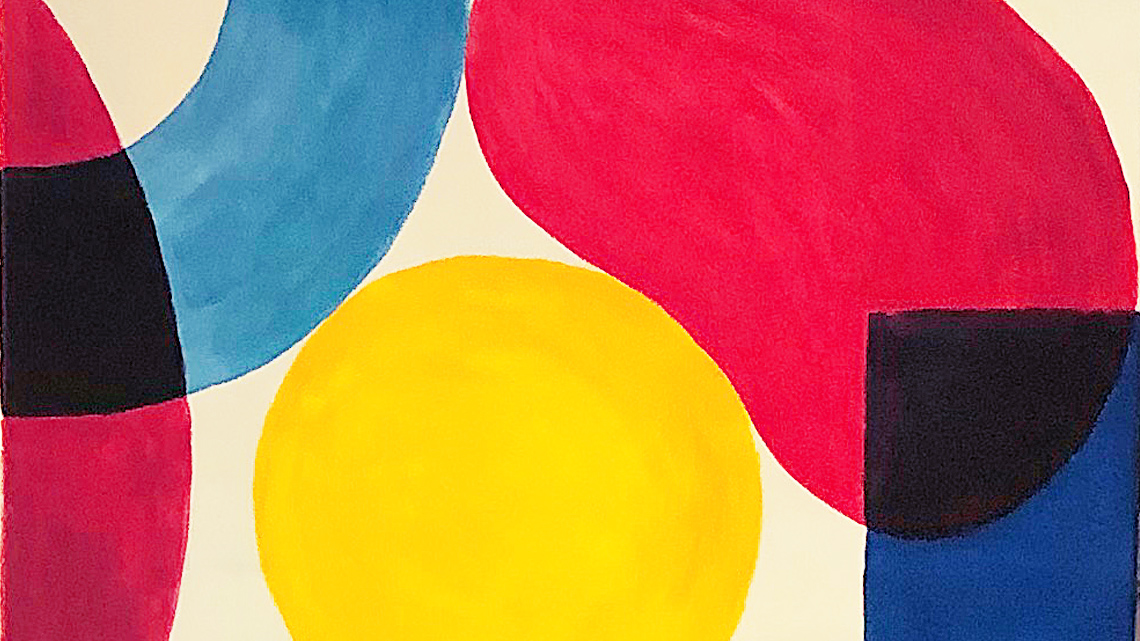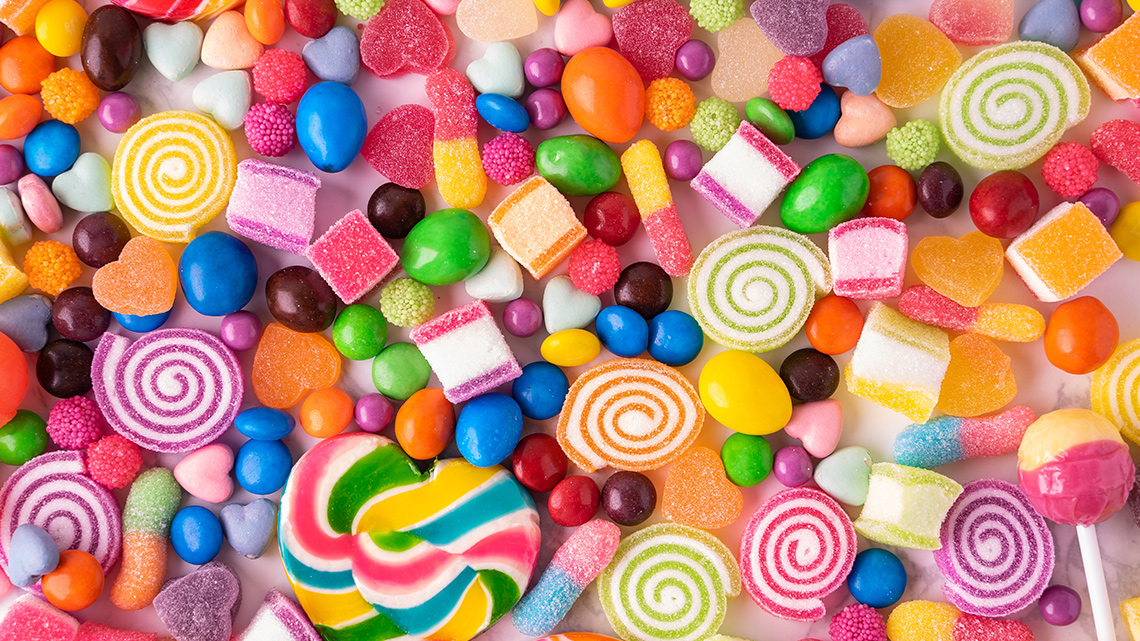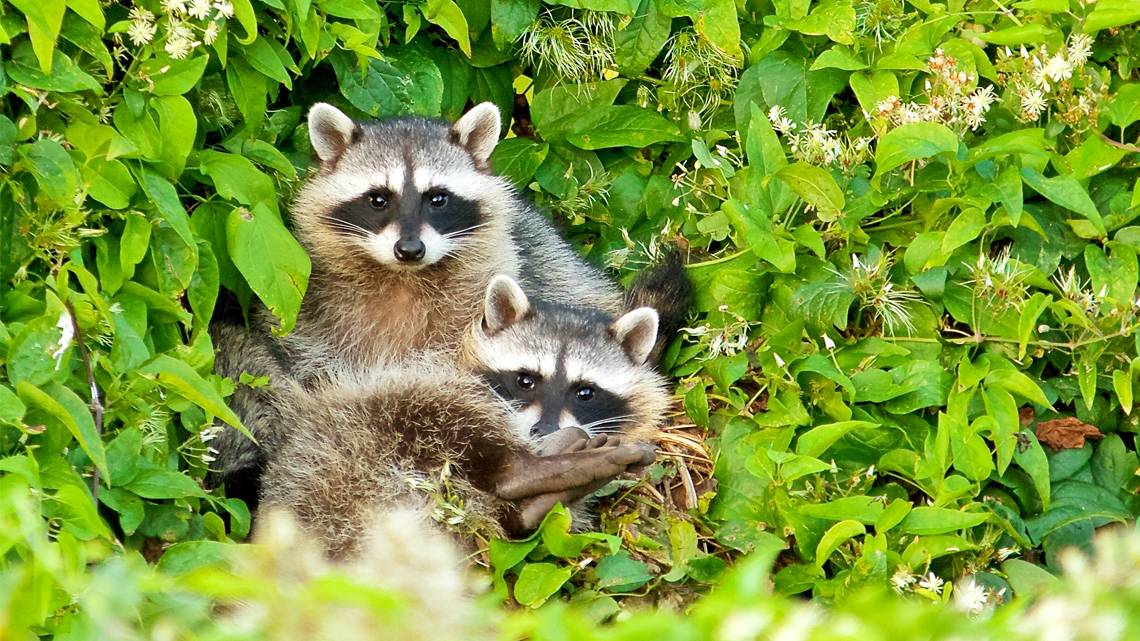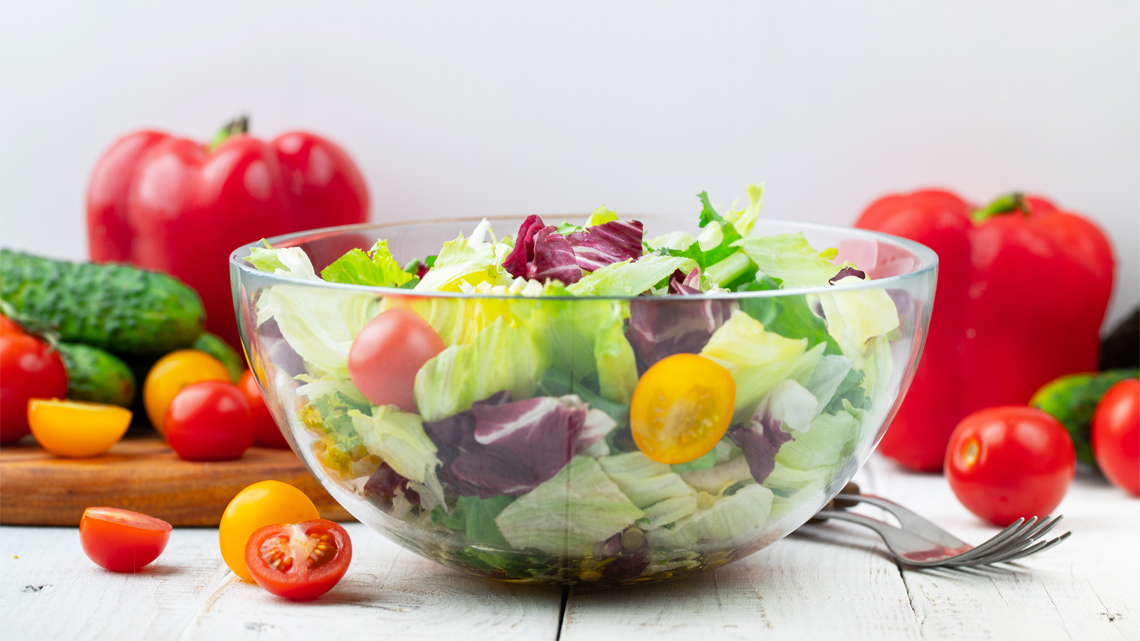Minds On
Recreating an image just with words
Choose one photograph from the carousel images below and spend a few moments to look at it carefully. What do you notice about your image? Think of some words to describe it.
With the photograph you’ve chosen from the carousel images above, choose ONE:
- If possible, describe your photo to someone else using only words. Make sure this person hasn’t seen the photo. If possible, ask this person to try to draw it as accurately as possible using only your description.
- Describe your photo and record your audio description.
- Write out your description of your photo.
What kind of words did you use in your description?
Action
Adjectives
The words you probably used to describe your photograph in the Minds On section are called adjectives. Did you describe your photo using colour, shape, or size?

We notice the colour, size, shape, and amount with our eyes.

We smell with our nose.

We experience taste with our mouth and tongue.

We hear sounds with our ears.

We feel texture, temperature, and sensations with our hands, skin and body. Words that describe our emotions like happy, flustered or nervous are also adjectives.
Let’s learn more about adjectives with Joel in Power Hour of Learning! In the following video, Joel will teach us about adjectives and lead us through an example with using the letters of our names and an apple!
Student Wellness
Health break!
It’s time to get up and move! After Joel teaches us about adjectives, continue the video and join Greg during the Movement and Health break! (Make sure you PAUSE around the 16:07 mark.)
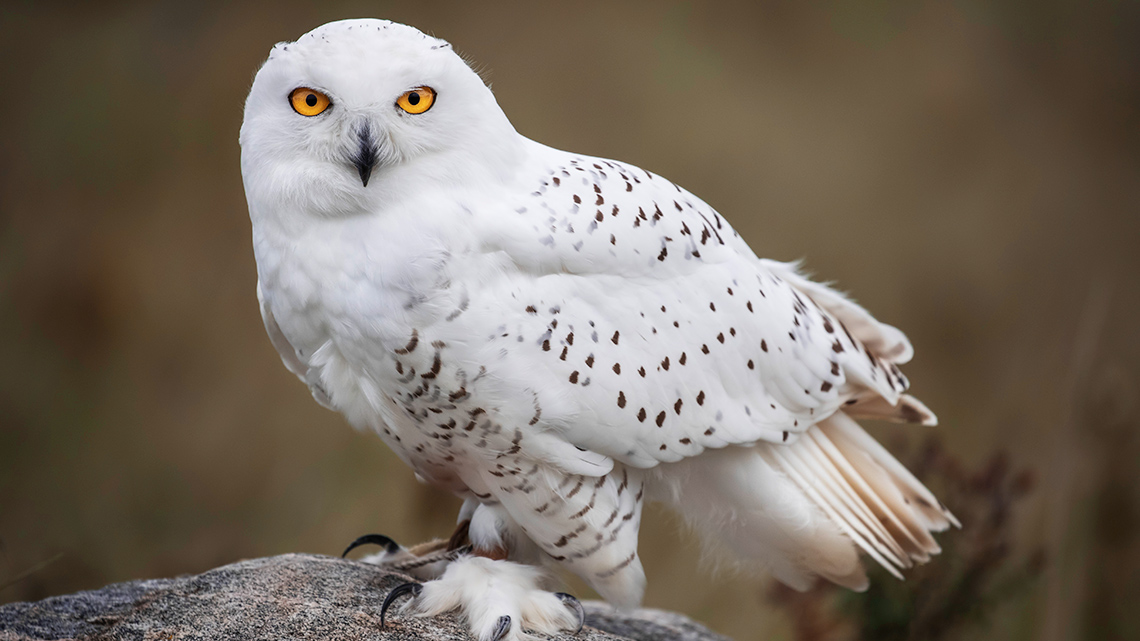
Consider the image of a Snowy Owl. Create a list of adjectives to describe it. Take the time to make a list now, similar to the one shown, and do your best to draw or describe the icons to represent the five senses: eye, nose, mouth, ear, and body.
List of Snowy Owl Adjectives





Use the List of Snowy Owl Adjectives in your notebook or use the following fillable and printable document to help you get started.
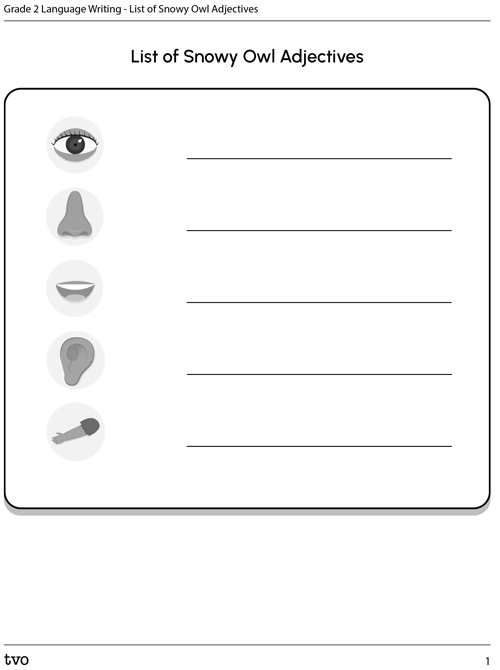
Press the Activity button to access the List of Snowy Owl Adjectives.
Activity (Open PDF in a new tab)Now that you have created your list, let’s go back to our video lesson about adjectives with Joel! Watch the episode of Wild Kratts between 18:10-43:15 with Mark and Chris and use your eyes and ears to observe the Snowy Owl. Try to imagine what it might feel like and smell like to be this close to a Snowy Owl in the Northern Woodlands!
After you’ve made your list of Snowy Owl adjectives, try to match which of your five senses relate to each Snowy Owl adjective. You can draw a line to match your adjective or describe the icon that should appear with the adjective.
Now that you’ve come up with a list of adjectives for the majestic Snowy Owl, let’s work on writing a short paragraph of a about 3-5 sentences to describe the Snowy Owl. You may wish to write this in your writing journal, share in your audio journal, use a lined sheet of paper, or type it out.
A paragraph starts with a topic sentence, followed by a few describing sentences that include adjectives and a closing sentence.
Topic Sentence
Describing Sentence 1 (with 1 adjective or more)
Describing Sentence 2 (with 1 adjective or more)
Describing Sentence 3 (with 1 adjective or more)
Closing Sentence
Be sure to check your Snowy Owl paragraph for correct sentence punctuation. This means make sure your sentences start with a capital and end with a period. Also make sure proper nouns like names of people, places, or things like Chris, Mark, Joel, Snowy Owl and Northern Woodlands all start with a capital.
Proper nouns
The following are some examples of proper nouns that need to start with a capital.
| your name | the name of your pet |
| the name of a store | the name of a book |
| the name of a restaurant | the name of your digital device |
| the name of your school | your friend’s name |
| the name of a movie | the name of a car company |
| your teacher’s name | the names of streets |
| the names of countries, cities, towns, and roads | the name of a toy brand |
| the name of a video game | the name of your internet provider |
Let’s practise
Identify which of the following are proper nouns and make the appropriate corrections.
- school
- toronto
- bus
- owl
- teacher
- canada
- Province
- snowy owl
- joel
- wild kratts
Punctuation
We use commas to separate a list of adjectives or items in a sentence. In the following example, the commas are in circles. Notice that a period (which is in a square) is used to end the sentence.
Joel is enthusiastic, clear, patient, and fun.
Test Your Skills
Punctuation Checklist
Use the following Punctuation Checklist now to check over your paragraph.
Capital used:
Periods used:
Commas used:
Consolidation
Part 1
Another way we can think of adjectives are words to describe a noun (person, place or thing).
Remember the list you created earlier about adjectives for the Snowy Owl? This time consider somewhere that is a special place for you. Make a list of five words that describe it. Be sure to use all of your five senses when making your list.
Complete the Five Senses Adjectives Organizer in your notebook or use the following fillable and printable document to make a list to describe your special place.

Press the Activity button to access the Five Senses Adjectives Organizer.
Activity (Open PDF in a new tab)Did you include everything you needed to?
Use the following Punctuation Checklist now.
Punctuation Checklist
Capital used:
Periods used:
Commas used:
Part 2
Use adjectives to write a short paragraph to describe an animal that you’ve seen either in the wild or from a documentary video.
You may even wish to research a special place like a protected ecosystem or natural habitat first to describe.
Come up with some adjectives using the five senses to describe this wild animal and write a short paragraph of 3-5 sentences to describe it.
You may wish to use the Five Senses Adjectives Organizer, or make a list in your notebook.
Once your paragraph is written with adjectives, you can reread it silently or aloud using the adjectives checklist, the paragraph checklist, and the punctuation checklist.
Did you include everything you needed to?
Use the following Punctuation Checklist now.
Punctuation Checklist
Capital used:
Periods used:
Commas used:
Reflection
How do you feel about what you have learned in this activity? Which of the next four sentences best matches how you are feeling about your learning? Press the button that is beside this sentence.
I feel...
Now, record your ideas about your feelings using a voice recorder, speech-to-text, or writing tool.
Press ‘Discover More’ to extend your skills.
Discover MoreChoose from one of your two paragraphs to design a postcard image and create a postcard that includes your paragraph.
Or
Create a Venn diagram to compare a letter and a postcard.
